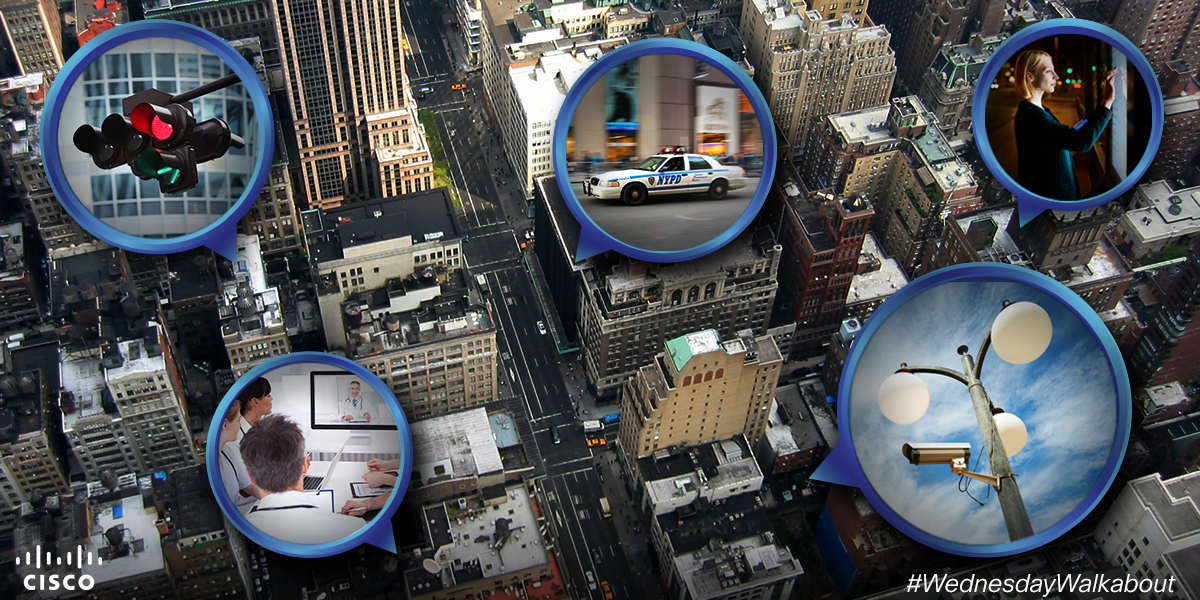































Co-authored with Dani Schrakamp
Learn Without Limits
Today's new technology trends, particularly those around digitization and the Internet of Everything, present education with an unprecedented amplifier. We now have the capacity to share knowledge to an exponentially larger number of people than ever before.
Literacy and the quest for knowledge are basic human rights that are currently unequally distributed among the world's population. Despite global efforts, access to basic schooling and life-long learning is still far from a reality for many in today's environment. And a lack of foundational education hinders economic prosperity, perpetuating levels of poverty in the world's poorest societies. However, the digital age is shining new hope. Technology advancements offer significant opportunities to improve access to learning and opportunities to address the learning disparities in underserved populations, encouraging the movement toward wider education equity. Not only is technology closing the knowledge gap, but it is also providing new and innovative ways to teach and to learn. In complementing traditional methods, technology can truly be a value-add on how you provide and absorb knowledge.
https://www.youtube.com/watch?v=UVOsnat-19E
All Those in Favor of Learning Say 'Aye'
Last week, we met brave ten-year-old Thorben, who is battling cancer. The Internet of Everything is connecting Thorben to his classmates in a way that is as close as possible to being there in person. For Thorben and many UKE Hamburg patients, digital technologies are creating a quality of life and reducing the feelings of isolation from normal life prior to their diagnoses.
This week, our digital citizen, like Thorben, is a child in pursuit of connecting with teachers and platforms for learning. Education is the foundation of any modern society; and in today's post, we'll explore how digital learning is an evolutionary step in education.
For our citizen, like many around the world, conventional classrooms can be prohibitively expensive, both to build and to attend. However, open access to improved technology is changing that and allowing for learning to be undertaken from anywhere at anytime. India's Amrita University experienced similar challenges in educating those in remote locations. To address this, the University staff conducted both online and onsite courses, walking attendees through the same lesson plan as if the physical and digital worlds had merged into one.
Skip forward a few years and our digital citizen is struggling with balancing a job and finishing a university education. However, like in what San Jose State University (SJSU) is calling the "next-generation classroom", many learning institutions are removing th e need to attend a course in person, eliminating travel time and costs. Immersive video lecture systems allow universities like SJSU educators to exchange teaching opportunities with students and visiting lecturers around the world within the classroom. Participants can see and hear one another, and participate live in the education process regardless of location.
e need to attend a course in person, eliminating travel time and costs. Immersive video lecture systems allow universities like SJSU educators to exchange teaching opportunities with students and visiting lecturers around the world within the classroom. Participants can see and hear one another, and participate live in the education process regardless of location.
So what about ingenious ways of educating young minds? Our digital citizen, like so many young people, is looking for new and exciting ways to learn. Schools, like Camberwell Girls Grammar in Australia, are taking advantage of the digital movement and creating an environment for students to thrive by teaching them new skills of creativity, collaboration, and how to be innovative in their approach to learning.
Speaking of those new and innovative skills, our citizen is on the career hunt and the need for Information and Communications Technology (ICT) professionals is rapidly increasing. Workforce training programs are helping to provide unparalleled economic and societal contributions to communities and countries by having a more skilled and entrepreneurial workforce. Like Cisco's Network Academy, which provides critical ICT education to more than 1 million students a year throughout the world -using that very technology to deliver the curriculum content.
The digital era is propelling us into a world where learning is embedded into daily life and no longer associated with traditional classrooms and school buildings. And education is on the move. The traditional model of knowledge-transfer is adapting to a collaborative, self-directed, engaging, and even customizable method that is helping to prepare students to succeed in today's learning society.
Next Stop
Stay tuned for next Wednesday's post. And be sure to check back each week as we explore new themes, challenges and observations.

Additionally, you canclick hereand register now to get your questions answered on how to become the next digital community.
Finally, we invite you to be a part of the conversation by using the hashtag#WednesdayWalkabout and by following @CiscoGovt and @CiscoEDU on Twitter. For more information and additional examples, visit our Smart+Connected Communities, Education, and our Government pages on Cisco.com. Enjoy the Wednesday walkabout!
 Tags quentes :
Internet of Things (IoT)
Internet of Everything (IOE)
#Governo
#DigitalTransformation
InternetofEverything
public sector
#WednesdayWalkabout
digital government
Digital Education
Tags quentes :
Internet of Things (IoT)
Internet of Everything (IOE)
#Governo
#DigitalTransformation
InternetofEverything
public sector
#WednesdayWalkabout
digital government
Digital Education